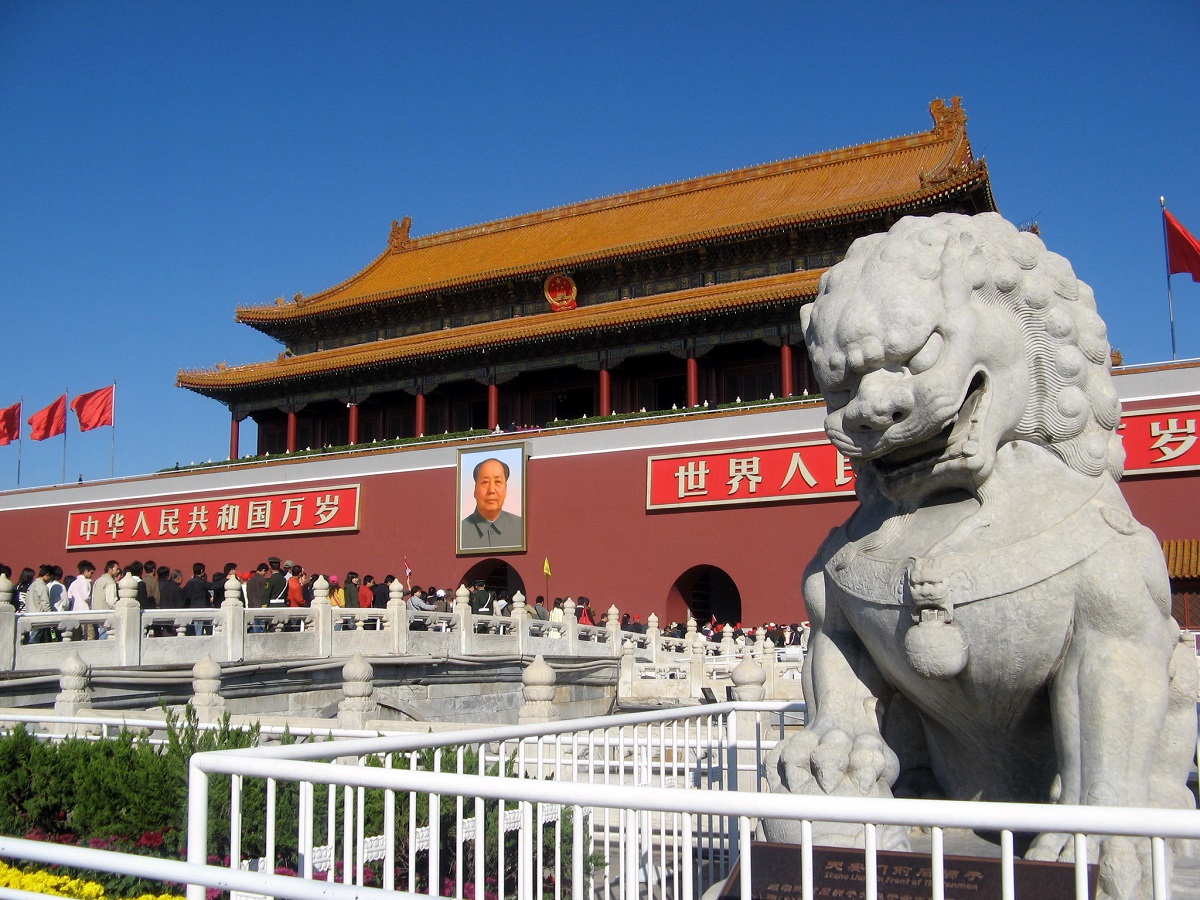China’s Insurance Market to Surge to $1.4 Trillion by 2032 Amid Digital Push and Ageing Population

Beijing — China’s insurance industry is on course to nearly double in market value over the next seven years, with projections placing its total worth at USD 1.41 trillion by 2032, according to the latest forecast by Fortune Business Insights.
The sector, valued at USD 731.04 billion in 2024, is expected to grow at a compound annual growth rate (CAGR) of 8.8% from 2025 onward, reaching USD 779.22 billion in 2025 before climbing steadily through 2032. This significant expansion is being driven by rising disposable income, increasing awareness of financial protection, and an ageing demographic profile.
One of the strongest structural drivers is China’s ageing population. In 2023, over 203 million citizens were aged 65 and above, accounting for 14.3% of the total population, a rise of 4% from the previous year. This shift is spurring demand for life and health insurance products, particularly long-term care solutions and retirement coverage.
The COVID-19 pandemic, while initially slowing the sector’s pace in 2020, acted as a wake-up call for millions. The heightened importance of healthcare security has since resulted in a surge in demand for medical and critical illness insurance products.
China’s digital transformation is also reshaping the industry. Insurers are rapidly adopting artificial intelligence (AI) and automation for underwriting, claims processing, customer targeting, and fraud detection. This digital pivot is especially resonant among younger, tech-savvy consumers increasingly aware of healthcare costs and long-term financial planning needs.
China’s broader economic recovery is providing further tailwinds. According to the International Monetary Fund (IMF), the country’s GDP grew by around 5% in 2023, lifting household spending and creating a favorable environment for financial products, including insurance.
To stay competitive, insurers are investing in customer-centric product innovations, digital infrastructure, and diversified distribution channels, including online platforms and embedded insurance. These developments aim to address the evolving needs of a growing middle class and a generation more financially aware than ever before.
